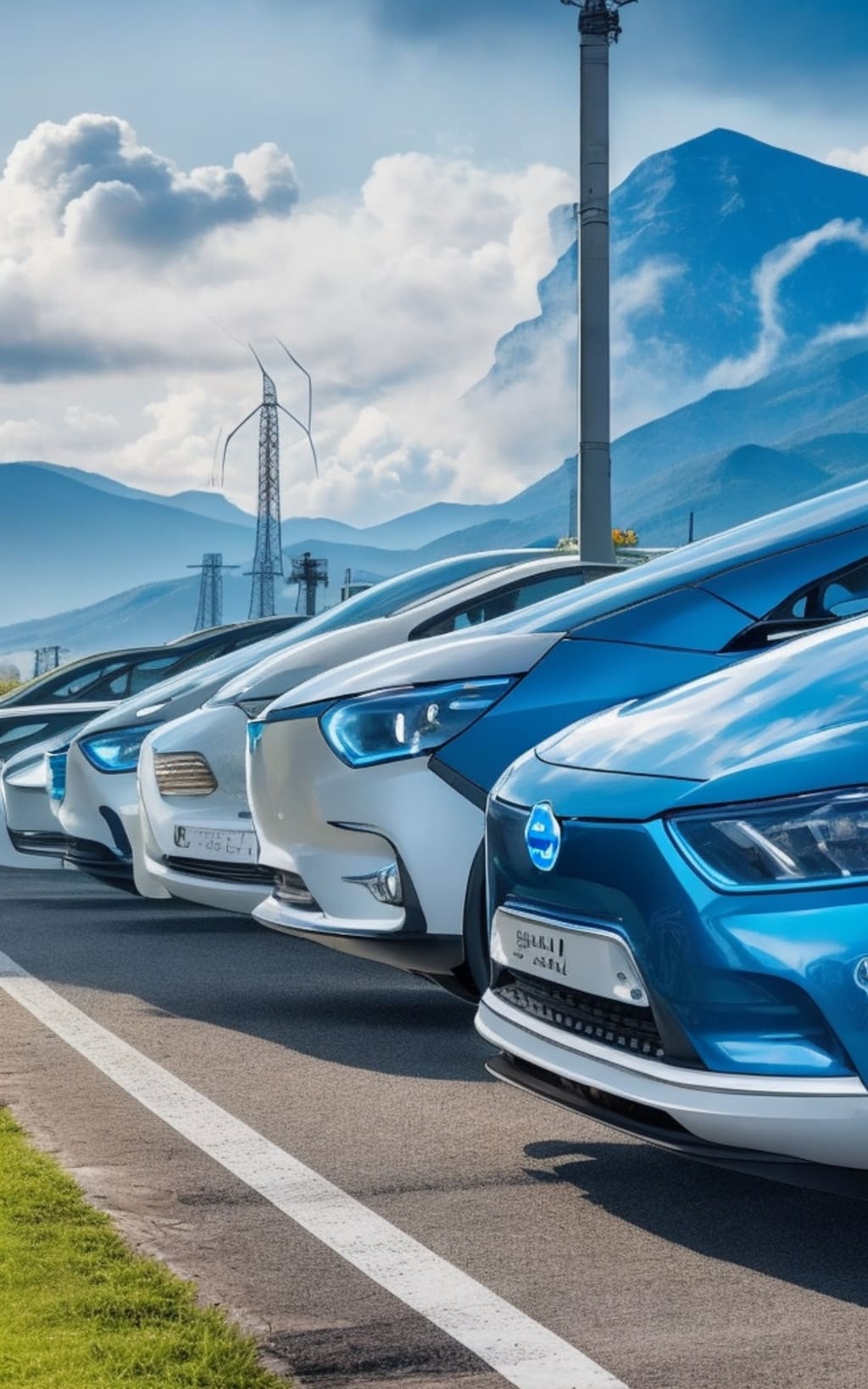The Future of Electric Vehicles
Advancements in Battery Technology and Infrastructure

Introduction
In the midst of a global revolution in transportation, electric vehicles (EVs) have emerged as the champions of sustainable mobility. As the world recognizes the urgent need to combat climate change and reduce greenhouse gas emissions, the demand for EVs continues to soar. The key to unlocking their full potential lies in two critical areas: advancements in battery technology and the development of robust infrastructure. These revolutionary advancements are set to reshape the automotive industry and pave the way for a greener, cleaner future.
Advancements in Battery Technology
The heart and soul of an electric vehicle is its battery. Over the past decade, significant strides have been made in battery technology, making EVs more efficient, powerful, and affordable. The revolution in battery technology is primarily driven by two key factors: energy density and cost reduction.
Energy Density: One of the primary challenges in the adoption of EVs has been limited range anxiety. However, breakthroughs in battery energy density have brought about a dramatic change. Lithium-ion batteries, the current standard for EVs, have witnessed impressive improvements in energy storage capacity. Scientists are exploring advanced materials, such as solid-state batteries and lithium-air batteries, which promise even higher energy densities, allowing for extended driving ranges and reduced charging times. This revolution in energy density will help dispel range anxiety and make EVs more practical for long-distance travel.
Cost Reduction: Historically, the high cost of batteries has been a major deterrent to widespread EV adoption. However, ongoing research and innovation have led to significant cost reductions in battery production. The introduction of large-scale manufacturing processes, economies of scale, and the use of alternative materials have all contributed to lowering the price of EV batteries. Moreover, the revolution in battery technology has also led to improved durability and longer lifespans, making EVs an increasingly cost-effective choice for consumers.
Infrastructure Development
To ensure the success of the electric vehicle revolution, the development of robust charging infrastructure is paramount. Governments, businesses, and communities worldwide are recognizing the need for a comprehensive network of charging stations to support the growing fleet of EVs. Here are some key areas where infrastructure development is driving the revolution in EV adoption:
Public Charging Stations: Governments are actively investing in the deployment of public charging stations in cities, highways, and public parking lots. These charging points provide EV owners with a convenient and accessible means of recharging their vehicles, thereby addressing range anxiety and promoting EV adoption. Rapid charging stations, equipped with cutting-edge technology, can charge an EV's battery to 80% capacity in just a matter of minutes, making long journeys hassle-free.
Home Charging Solutions: To ensure the convenience and practicality of EV ownership, home charging solutions are playing a crucial role. Home-based charging stations, also known as electric vehicle supply equipment (EVSE), allow EV owners to charge their vehicles overnight or during off-peak hours. This not only maximizes the utilization of the existing electrical grid but also reduces strain during peak demand periods. Moreover, the installation of smart charging solutions enables EV owners to take advantage of variable electricity rates, further enhancing cost savings.
Wireless Charging: The revolution in EV charging infrastructure also encompasses wireless charging technology. Through wireless power transfer systems, EVs can be charged simply by parking over specially designed charging pads embedded in the ground. This technology eliminates the need for physical connections, making charging more convenient and seamless. Wireless charging also allows for dynamic charging on the go, enabling EVs to recharge while driving on specially equipped roadways, promising limitless range possibilities.
Battery Swapping Stations: Battery swapping stations present another revolutionary approach to EV charging. Instead of waiting for a vehicle to recharge, battery swapping enables drivers to exchange depleted batteries for fully charged ones in a matter of minutes. This technology allows for seamless and rapid replenishment of EVs, making it ideal for long-haul journeys or situations where fast turnaround times are critical.
Conclusion
The future of electric vehicles is undoubtedly bright, and the revolution is well underway. Advancements in battery technology and the development of robust charging infrastructure are reshaping the automotive industry and propelling the transition towards sustainable transportation. The ongoing revolution in battery technology, driven by improvements in energy density and cost reduction, is making EVs more practical, efficient, and affordable than ever before. Furthermore, the development of a comprehensive charging infrastructure network, including public charging stations, home charging solutions, wireless charging, and battery swapping stations, is addressing range anxiety and facilitating the widespread adoption of EVs.
As we march forward, it is crucial for governments, industries, and communities to continue their support and investment in these critical areas. Collaboration between stakeholders, along with sustained research and development efforts, will drive further breakthroughs and accelerate the transition to a greener, cleaner future. With advancements in battery technology and infrastructure, the electric vehicle revolution will not only transform the way we travel but also contribute significantly to mitigating climate change and ensuring a sustainable planet for future generations. The era of electric mobility is here, and it is time to embrace the revolution.
About the Creator
ITSARA SRETRAKOOL
Invite you to embrace the power of inspiration, for within it lies the potential to transform not only our own lives but also the world around us.






Comments
There are no comments for this story
Be the first to respond and start the conversation.